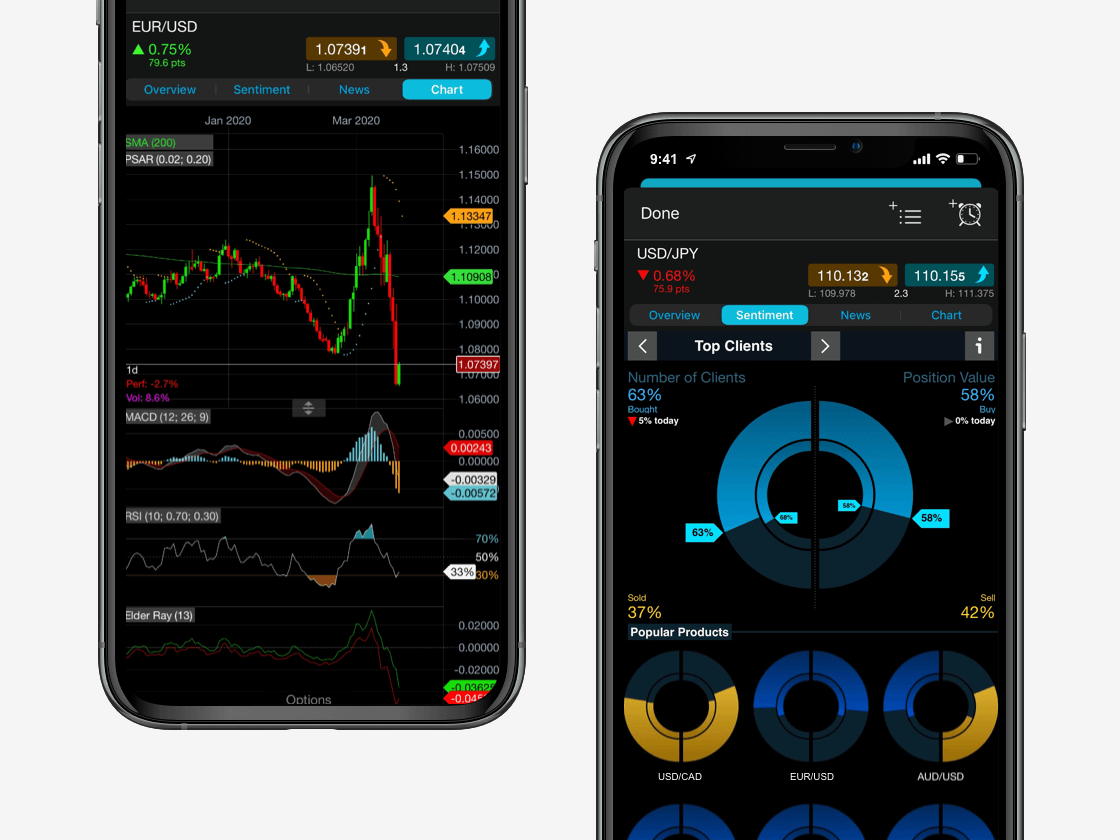Fund manager John Templeton said that “bull markets are born on pessimism, grow on scepticism, mature on optimism and die on euphoria.”
Since they begin with price increases from a trough, they immediately follow bear markets, when pessimism is highest. Templeton believed “the time of maximum pessimism is the best time to buy, and the time of maximum optimism is the best time to sell.” Templeton bought $100 worth of each of the cheapest stocks available to him at the outset of the Second World War, which delivered average returns of 400% over the next four years. During this phase, also known as accumulation, early adopters exploit low stock prices to acquire cheap assets.
Scepticism: As prices rise, scepticism and talk of false recovery or false breakouts are abound. Following a bear market, many investors are wary of being stung. As prices rally, indicators such as employment lag help to sustain sceptical investor sentiment while the early majority join the market.
Optimism: This scepticism eventually matures into optimism once the late majority are convinced of the bull run’s authenticity. This can, however, take years. The post-crisis bull run, from the end of the 2008 global financial crisis until the coronavirus pandemic, was the longest bull market in history but was shrouded in scepticism for most of its duration.
During the optimistic stage, positive market sentiment lifts prices by increasing demand for securities. Investors are confident their investments will yield returns, so will pay (and demand) higher prices for them.
Euphoria: This emerges when investors are so overconfident in the ability of securities to generate returns that prices inflate disproportionately. This over exuberant euphoria leads to a crowded trade where there are few buyers left, and in turn results in an eventual decline in prices where early investors take profits. This is also referred to as an economic bubble. This leads to pessimism, a rush for the exits and a restarting of the bull/bear cycle.


















